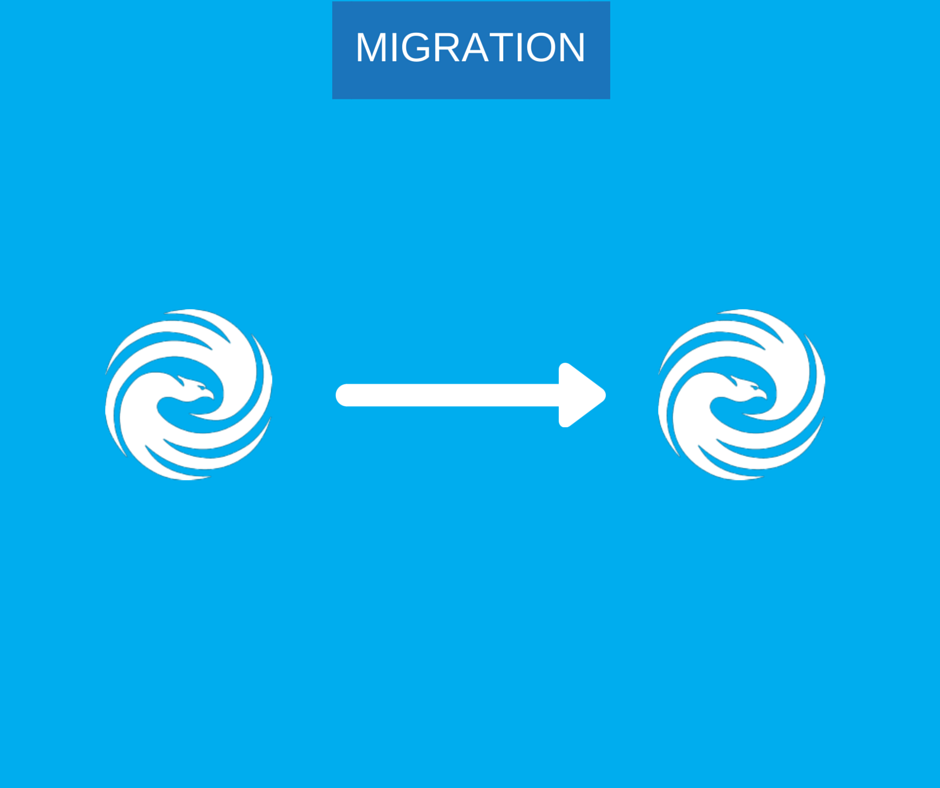Integration Patterns for the Connected Enterprise: Migration
.jpg) by
Osman Seyrek
by
Osman Seyrek

Every year, enterprises spend billions of dollars migrating data between information-intensive applications. And with the the proliferation of connected devices and cloud based enterprise applications, the need for data migrations between systems continues to grow. Clean and accurate data is the raw input that augments the value of enterprise applications. Whatever the specific nature of any data migration, the ultimate goal is to improve organizational performance and create a distinct competitive advantage.
So what exactly is data migration? Data migration is the process of transferring a specific set of data at a given point in time from one data storage system to another. In general, a migration involves a source system where the data resides prior to execution, validation and business rules for the data, and a destination/target system where the data will be inserted. Salesforce integration use-cases that utilize data migration include, migrating data from a legacy CRM system to Salesforce, migrating data from one Salesforce org to another Salesforce org, CRM system consolidation, populating Salesforce product and account data from SAP, and various other use-cases.
Enterprises planning a data migration onto Salesforce should consider which style of migration is most suitable for their needs. For the most part, there are two main types of migration: big bang migrations and phased migrations. Big bang migrations involve completing the entire migration of data from the source system to Salesforce in one operation. Usually, this type of migration is carried out over a weekend or a planned down-time period. From our experience, we've seen few organizations do this because the quality of the migrated data is often compromised. Phased migrations take an incremental approach to migrating data. Rather than completing the entire migration in one operation, a phased migration involves simultaneously running the old system/application and Salesforce and migrating the data in phases. The main benefit of this migration approach is that it doesn't require any downtime that may affect mission critical Salesforce applications requiring 24/7 operations.
Remember, whatever the reason for the data migration into the Salesforce Customer Success Platform, the ultimate goal should be to improve organizational performance and create a distinct competitive advantage. Data migrations into Salesforce should never be overlooked and should be given the proper attention. Please stay tuned for the second part of our five-part series of posts titled Integration Patterns for the Connected Enterprise.
